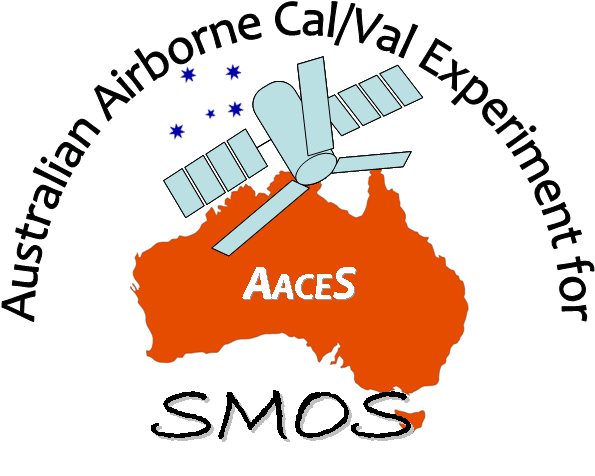

 |
Welcome to the | |
 |
AACES-1 Project | |
| Australian Airborne Cal/val Experiment for SMOS |
|
Home page
Google Earth (KML file) Workplan SMOS AMSR-E WindSat ASCAT PALSAR ASAR MODIS MTSAT-1R ASTER Landsat CHRIS AVNIR-2 PLMR data Thermal Infrared data Multi-Spectral data Monitoring stations Soil moisture sampling Vegetation sampling Roughness sampling Campaign shapefiles DEM Land use Climate data Rainfall data Soil classification Soil water capacity Soil texture analysis AACES homepage Moisturemap homepage |
Advanced Visible and Near Infrared Radiometer type 2 (AVNIR-2)
AVNIR-2 is a visible and near infrared radiometer onboard ALOS. AVNIR-2 is a successor to AVNIR that was onboard the ADvanced Earth Observing Satellite (ADEOS), which was launched in August 1996. Its instantaneous field-of-view is the main improvement over AVNIR. AVNIR-2 also provides 10m spatial resolution images, an improvement over the 16m resolution of AVNIR in the multi-spectral region. Improved CCD detectors (AVNIR has 5,000 pixels per CCD; AVNIR-2 7,000 pixels per CCD) and electronics enable this higher resolution. The pointing angle of AVNIR-2 is +44° and -44°. AVNIR-2 coverage for the Murrumbidgee Catchment is summarised below. AVNIR-2 data can be downloaded from JAXA.
AVNIR-2 overpass timeAVNIR-2 coverage for the Murrumbidgee Catchment during the first AACES campaign have been determined from a Fortran program based on NORAD data for 6th, Nov. 2009, and are summarized in the table below. The date and time are UTC time. Aircraft flights were assumed to be conducted at 7:45 for descending overpass and 20:35 for ascending overpass.
|
||||||||||||||||||||||||||||||||||||||||||||||||||||||||||||||||||||||||||||||||||||||||||||||||||||||||||||||||||||||||||||||||||||||||||||||||||||||||||||||||||||||||||||||||||||||||||||||||||||||||||||||||||||||||||||||||||||||||||||||||||||||||||||||||||||||||||||||||||||||||||||||||||||||||||||||||||||||||||||||||||||||||||||||||||||||||||||||||||||||||||||
|
Created: January 2010 Last Modified: August 2010 Maintainer: YE Nan, Ye.Nan@monash.edu |